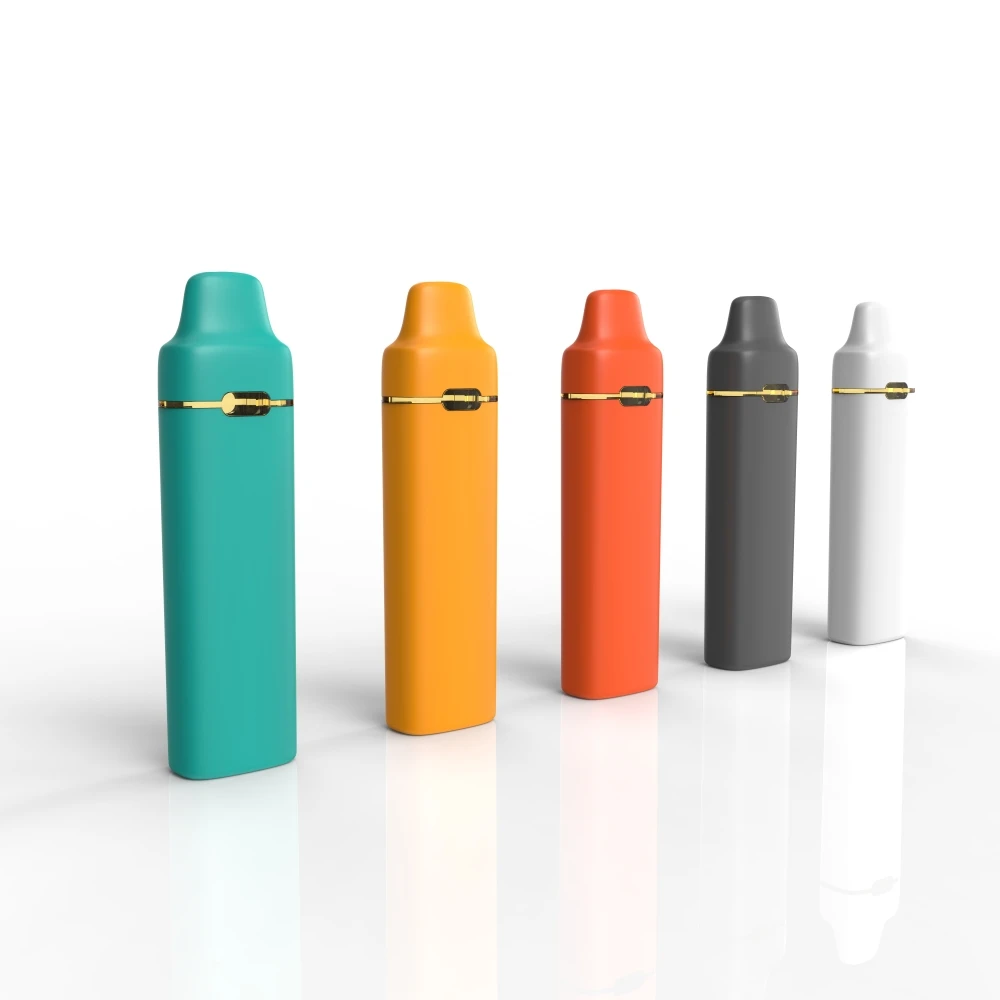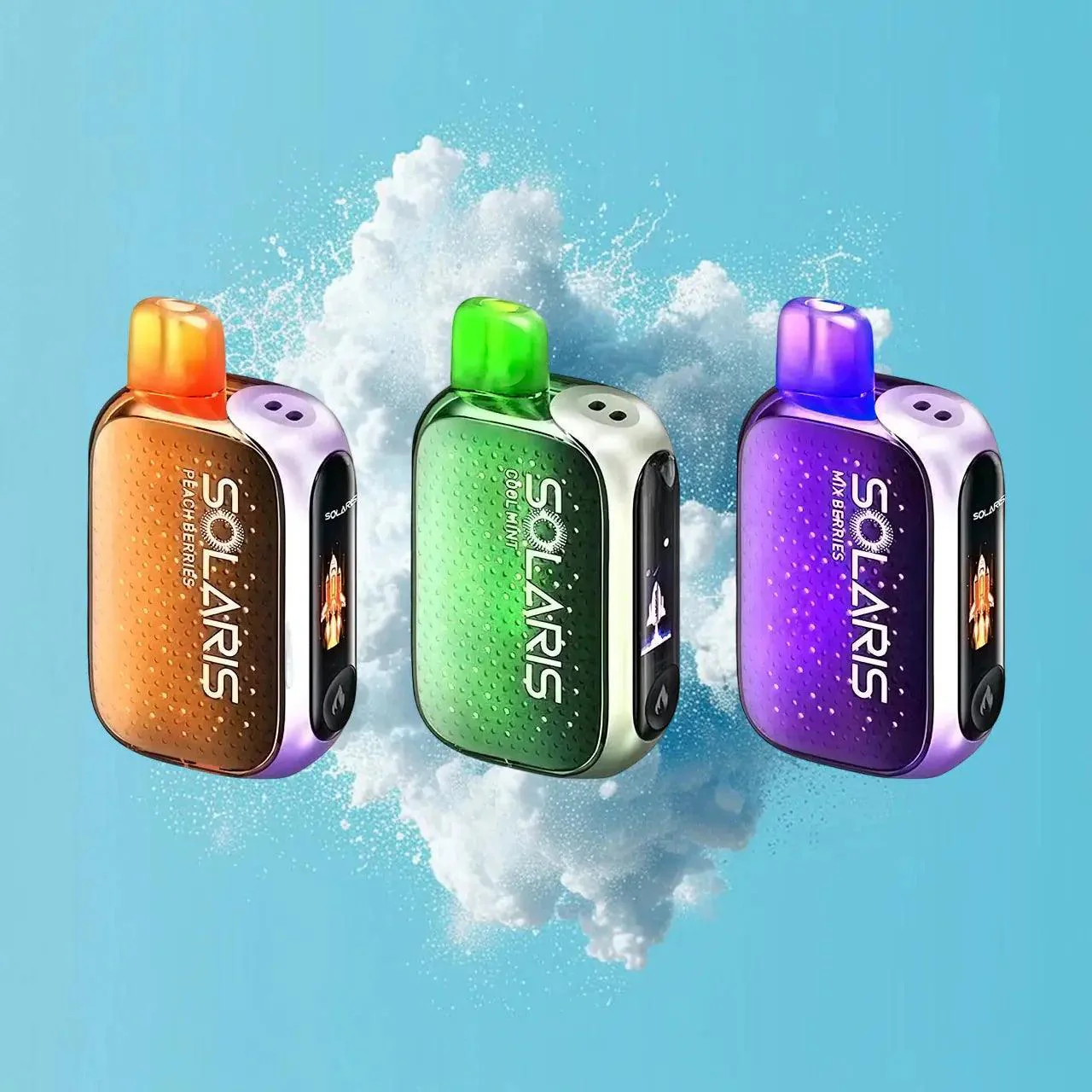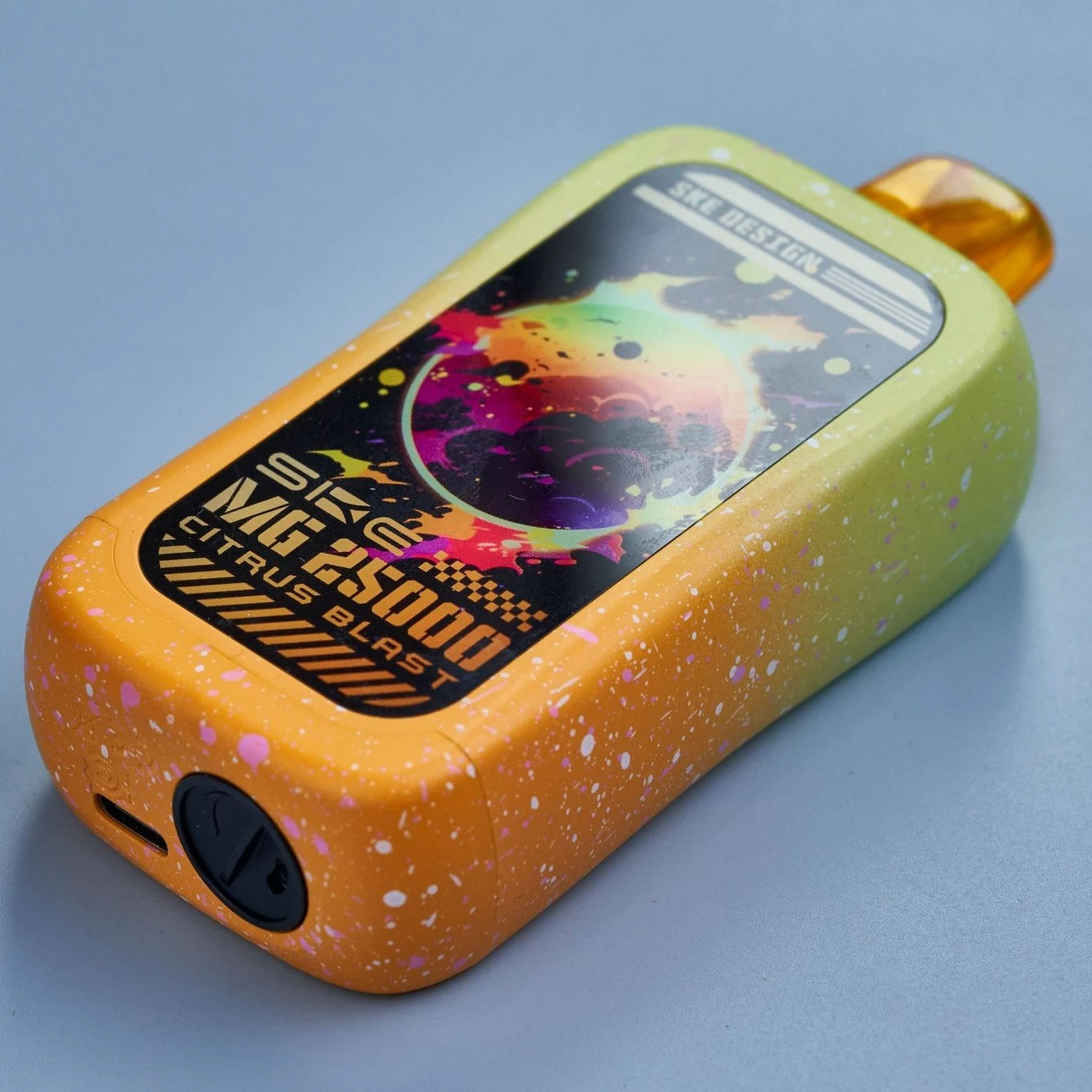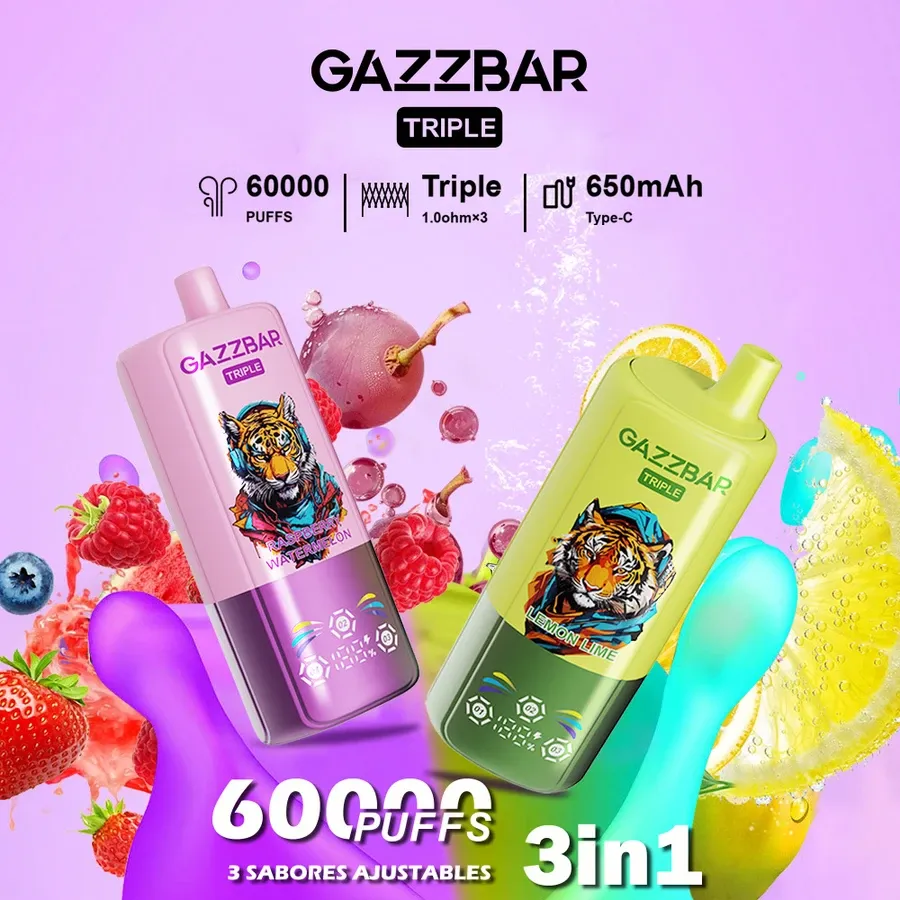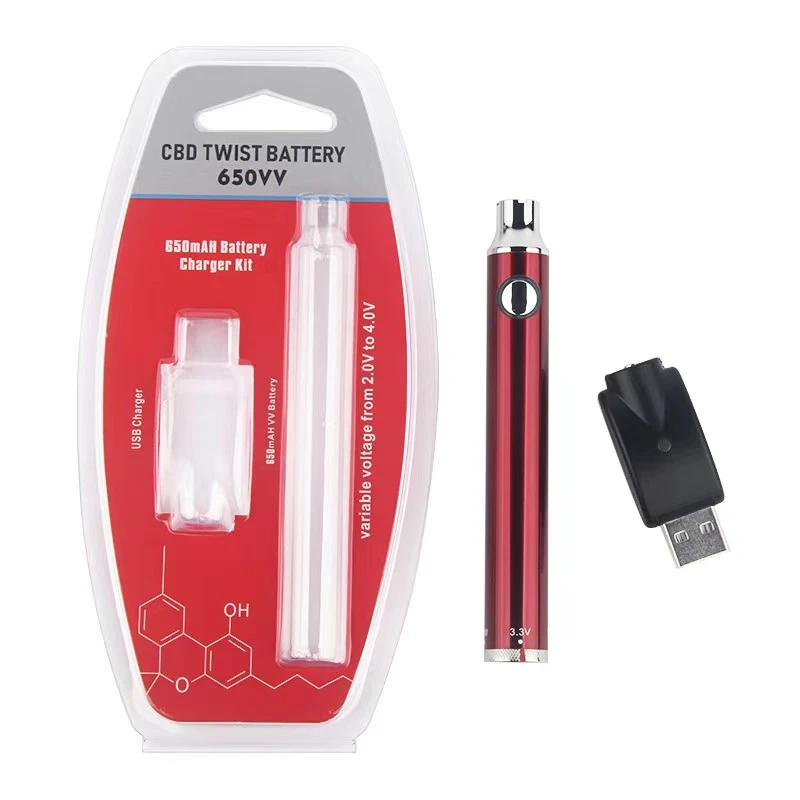
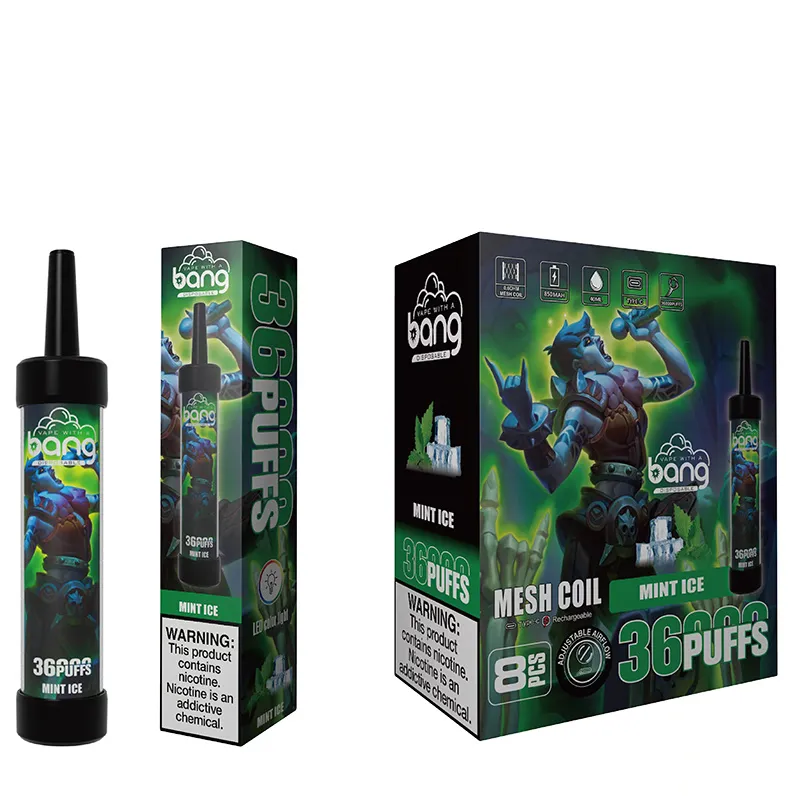
Material compatibility further distinguishes vapes from pens. Vapes can frequently be adapted to use various substances, including e-liquids with different VG/PG ratios, nicotine salts, or even dry herbs and wax concentrates with appropriate attachments. Conversely, pens are frequently optimized for specific types of concentrates, such as THC or CBD oils, making them a preferred choice for cannabis consumers. Durability and battery life are practical considerations when comparing the two. Vapes, equipped with extensive features, generally house larger batteries, thus offering prolonged use between charges. The advanced technology usually comes at the expense of portability, as the bulkier devices are less travel-friendly. Pens, in contrast, boast a compact design conducive to discreet use, but at the trade-off of shorter battery longevity necessitating more frequent charging. In terms of purchasing decisions, the choice between a vape and a pen should be dictated by individual preferences and lifestyle. Those who value customization, expansive flavor choices, and powerful performance might gravitate towards vapes. Alternatively, users who seek affordability, ease of use, and portability may find pens more suitable to their needs. Both vapes and pens possess unique selling points, effectively catering to different segments of the market. Understanding these differences not only enhances user experiences but also aids in informed purchasing, enabling consumers to select a device that perfectly aligns with their expectations. As the vaping industry continues to innovate, recognizing these distinctions allows users to better navigate the myriad of options available, contributing to more satisfying and appropriate usage.
Post time:Feb - 18 - 2025


